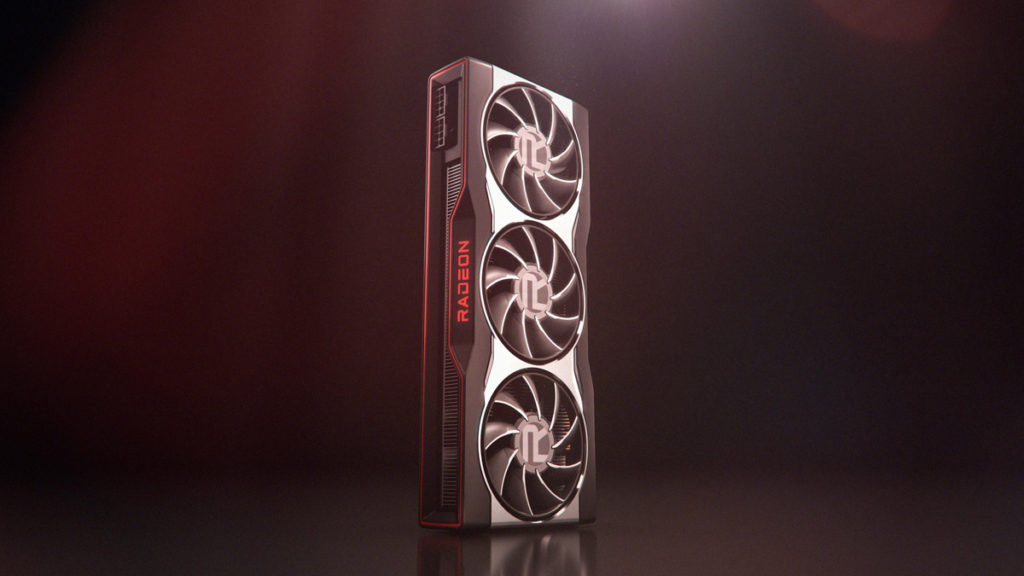
3DCenter.org has shared a rumor suggesting that AMD’s Radeon RX 6000 Series successors could feature a multi-chip-module (MCM) design, which is similar to what NVIDIA is reportedly planning for its “Hopper” family of next-generation graphics cards. The speculation stems from Kepler_L2, who claims that red team has had a working version of Navi 31 since early 2020. He also revealed that the top SKU, which may very well turn out to be the Radeon RX 7900 XT, boasts a pair of 80 CU chiplets for a potential total of 10,240 Stream Processors—5,120 more than the current Radeon RX 6900 XT flagship.
“Navi31 working silicon exists since early 2020,” Kepler_L2 tweeted. “Nothing I can confirm 100% now, but from what I know Navi 31 is a 80 CU chiplet and top SKU has 2 of them.”
Navi31 working silicon exists since early 2020 😉
— Kepler (@Kepler_L2) January 2, 2021
Nothing I can confirm 100% now, but from what I know Navi 31 is a 80 CU chiplet and top SKU has 2 of them.
— Kepler (@Kepler_L2) January 1, 2021
Another enthusiast has shared patents that provide additional insight into what AMD might be planning for its next-generation Radeon GPUs. One patent that relates to synchronizing workloads seems to confirm that red team is making headway on developing MCM-based GPUs, while a second suggests that upcoming Radeon cards could feature considerable performance improvements in the ray-tracing department.
“Described herein are techniques for performing ray tracing operations,” an abstract reads, hinting at new ray tracing techniques that may debut as part of AMD’s upcoming RDNA 3 graphics architecture. “A command processor executes custom instructions for orchestrating a ray tracing pipeline. The custom instructions cause the command processor to perform a series of loop iterations, each at a particular recursion depth.”
Patent: Command processor based multi dispatch scheduler – AMD
— Underfox (@Underfox3) January 22, 2021
Command processor to orchestrating the ray tracing pipeline, accelerating ray tracing execution.
The 2nd gen AMD Ray Tracing is coming.
More details: https://t.co/FnrPkPMW7l pic.twitter.com/E8axN73pQG
